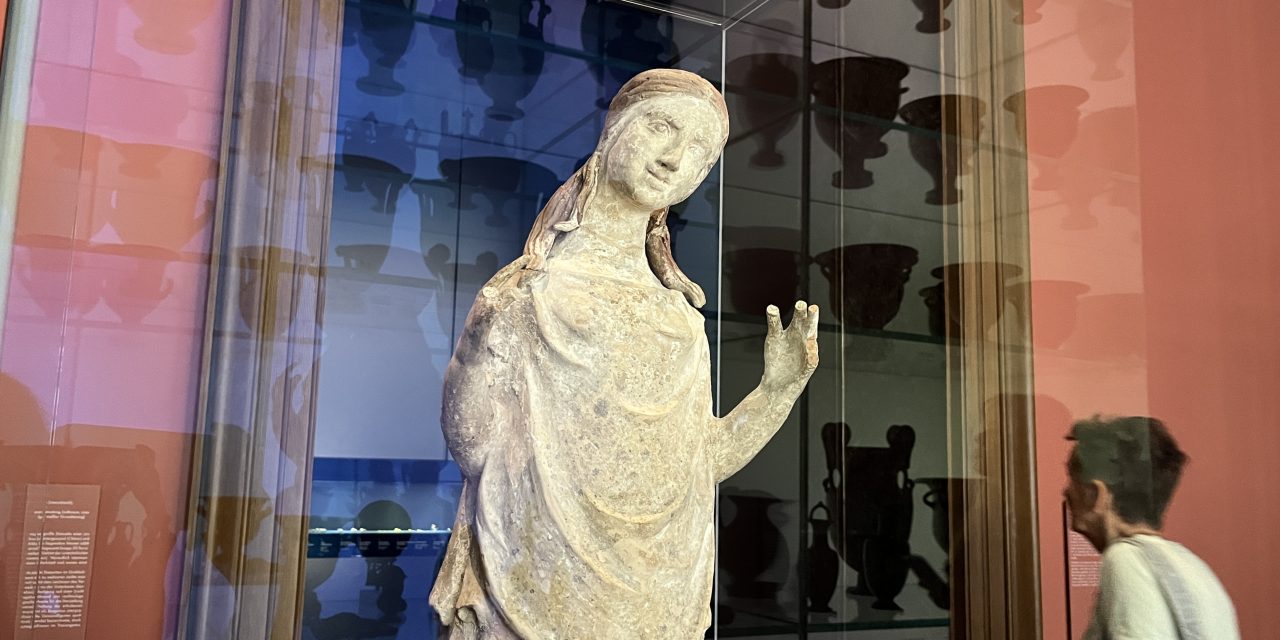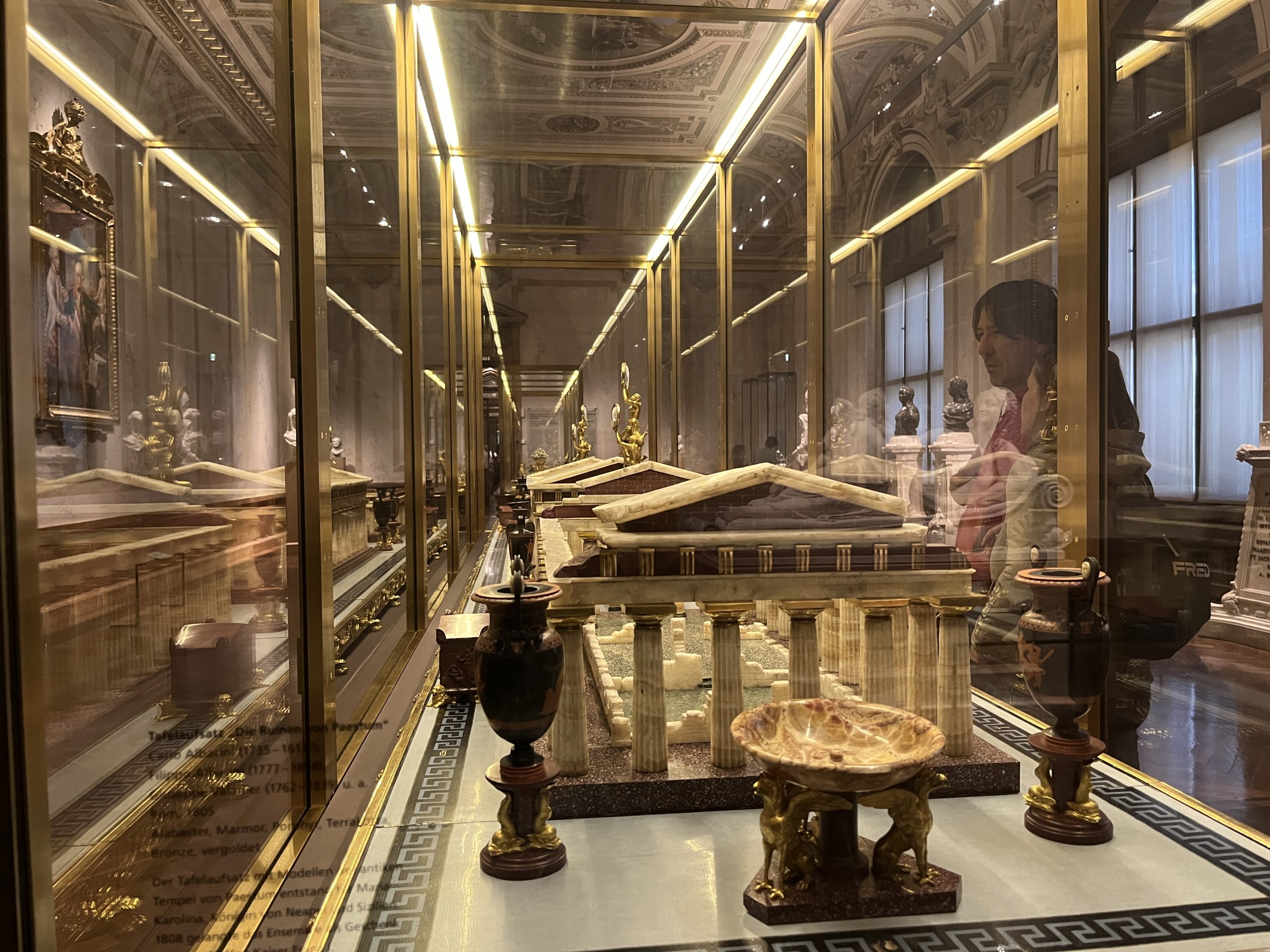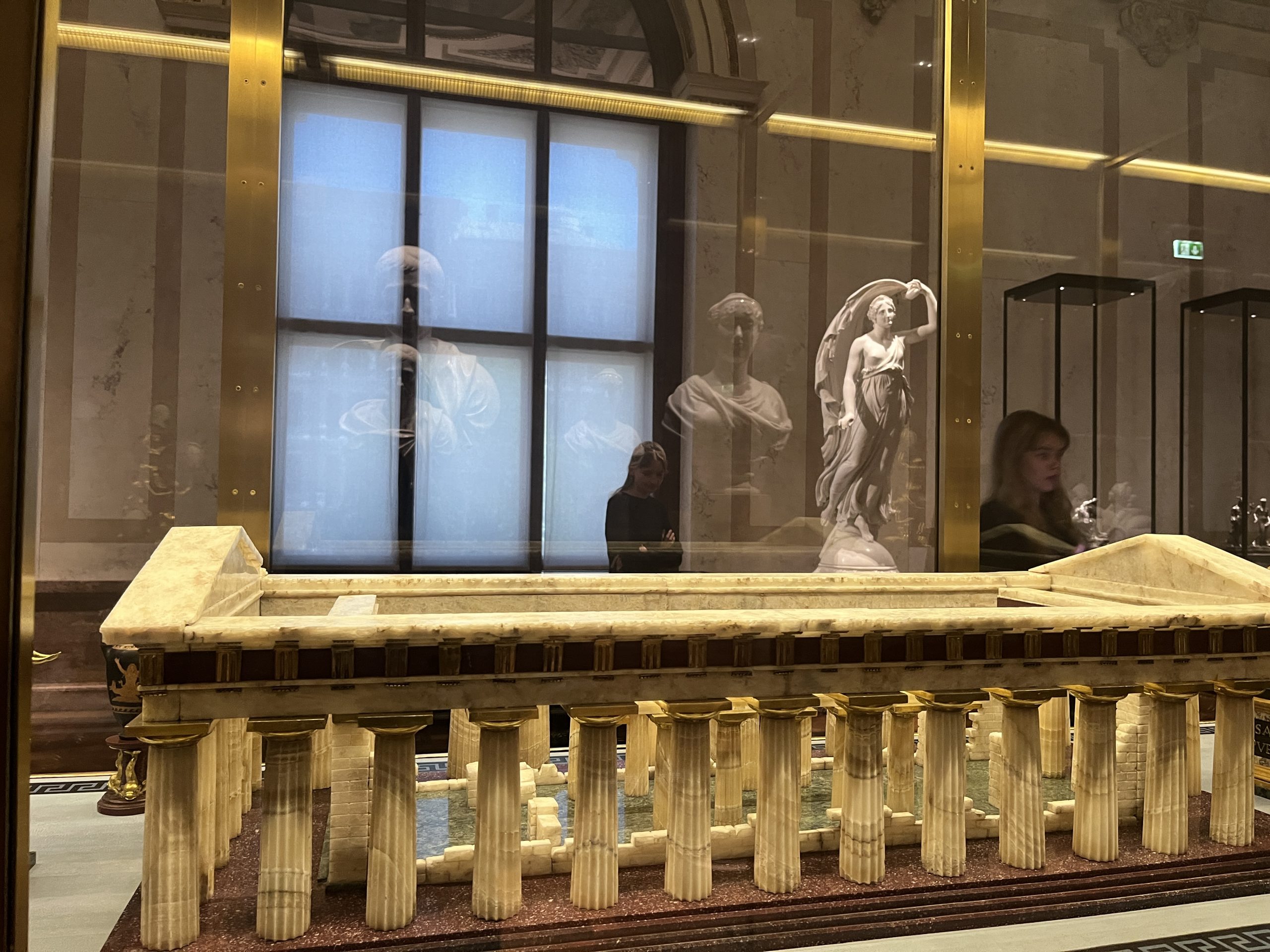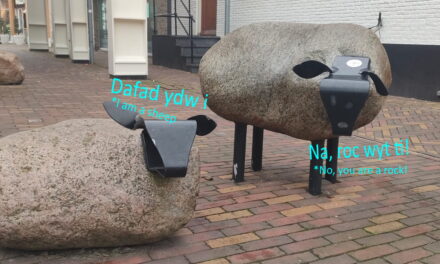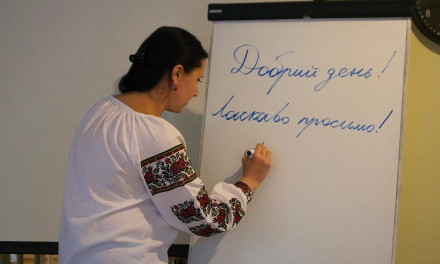The restitution of the Parthenon artifacts is on the uprise, this controversial collection of artifacts has long since sparked debate due to the dubious manner that they were acquired, and the debate of its restitutions sparks the question of reconciliation for relations between art institutions.
The restitution of the Parthenon back to the Acropolis in Athens would foster better relations between countries, which leads to discussions between Ministers of Foreign Affairs of various countries. Upholding legal rights over the artifacts with Greece. This includes the British Museum, which according to their website has had the Parthenon sculptures in their permanent exhibitions since 1817, even before Greece established its independence as a country from the Ottoman Empire in 1832.
Restitution is the returning of items to its origin place and holds grave importance in the conversation of reconciliation and the continuous fostering of better relationships between countries. As Nikos Dendias, Minister of Foreign Affairs, said in a 2023 statement following his meeting with Minister of Foreign Affairs of Austria, Alexander Schallenberg, “we discussed ways to enhance even more our relations, as much as possible,” and announced the talks of Austria returning two fragments of the Parthenon to Greece.
Particularly in the circumstantial case of the Parthenon artifacts, including a section of the collection known as the Elgin Marbles in the possession of the British Museum. Greece upholds these artifacts and statues to great significance for their history and culture, Minister Dendias, said that the return of these artifacts “will add to a series of highly symbolic gestures that may create a positive momentum.”
“The Regional Government of Sicily in 2022 and Pope Francis in January 2023 returned to Greece parts of the Parthenon Sculptures. So, this will be the third one. And this for us is of huge importance,” said.
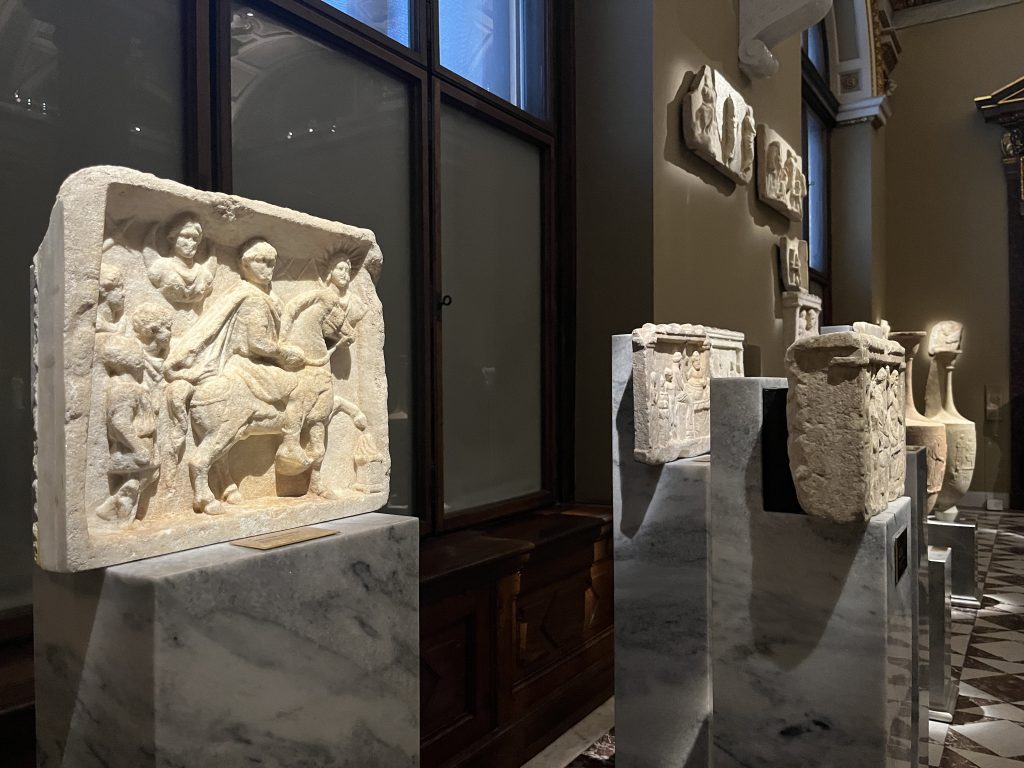
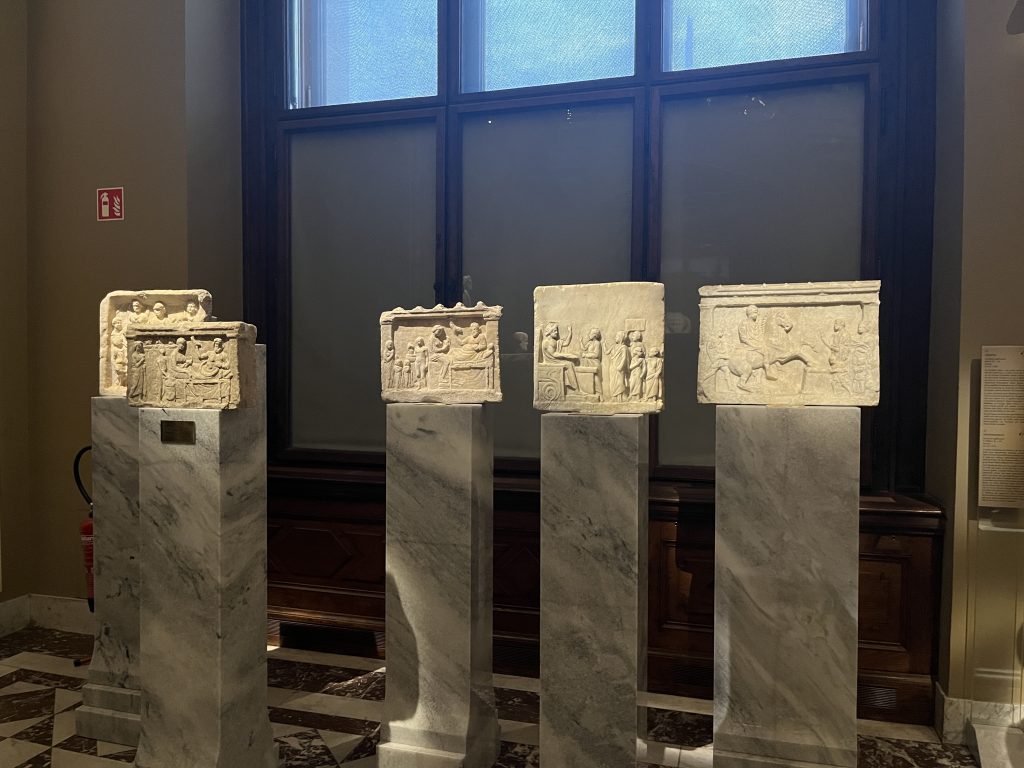
The complex and significant history of the collection of the Parthenon artifacts adds to the debate over its restitution, as the manner of which other countries, including Great Britain and Austria, obtained the artifacts have long since been debated. As Britain claims the acquisition was done under a legal manner and without protest from the Greeks at the time and Alexander Herman, the Director of the Institute of Art and Law in the UK, refutes and contradicts in his argument for “DEBATE: Should The Elgin Marbles Be Repatriated?” hosted by The Pharos Foundation.
Britain maintains that their Parthenon artifacts were acquired legally by Lord Elgin, a British Ambassador to the Ottoman Empire, and had been thoroughly investigated in 1816 by a Parliament Select Committee before entering the British Museum by Act of Parliament as according to their site.
However, The British Committee for the Reunification of the Parthenon Marbles (BCRPM) claims that Lord Elgin obtained the artifacts “by using methods of brider and fraud,” and persuaded authorities to “turn a blind eye while his team removed those parts of the Parthenon they particularly liked.”
These two contradicting tales continue to fuel the debate over the restitution of the Parthenon, alongside the argument of who has the right to the artifacts considering the shared and intertwined histories. Currently, the remaining Parthenon artifacts are primarily split between the British Museum and the Acropolis Museum.
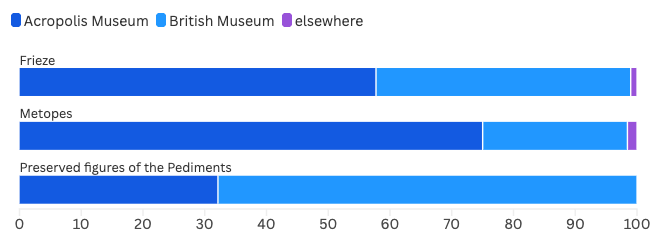
According to both the BCRPM and the BM, of the surviving 97 blocks of the frieze, 56 (or 246ft/75m) have been removed to Britain and 48 are in Athens and one remains elsewhere. Of the 64 surviving metopes, the BM houses 15, Athens has 48 and one remains elsewhere. Of the 28 preserved pediments, 19 have been removed to London – but the BM houses 17, and 9 are in Athens.
In recent years a slow positive trend has emerged in the returning and restitution of the Parthenon to Greece, starting with a museum in Palermo, Sicily sending back the frieze artifacts they possessed in January of 2023 according to Tessa Solomon, a journalist at ARTnews.
Followed by the return of three fragments of the Parthenon Marbles from Pope Francis, that were housed in the Vatican Museum. Solomon states that the action was described as “donation” by the Catholic leader to His Beatitude Ieronymos II, the Orthodox Christian Archbishop of Athens and all of Greece, “rather than a proper reparation.”
Despite the intentions and reasoning for the returning of Parthenon artifacts to Greece, it has led to a continuous positive trend as Austria’s Kunsthistorische Museum opened discussions on the return of their artifacts in 2023. Which Minister Dendias hoped could be used in discussion with London.
More recent news that has aroused more current conversation surrounding the subject of the reunification of the Parthenon was the UK’s prime minister Keir Starmer announcing the “constructive” negotiation with Athens after hosting the Greek president Kyariakos Mitsotakis in December 2024 reports Sarah Hucal, a journalist with Deutsche Welle.
The current legal barriers of the British Museum Act of 1963 “prevents the British Museum from permanently removing objects from its collections, with only a few exceptions,” Hucal writes.
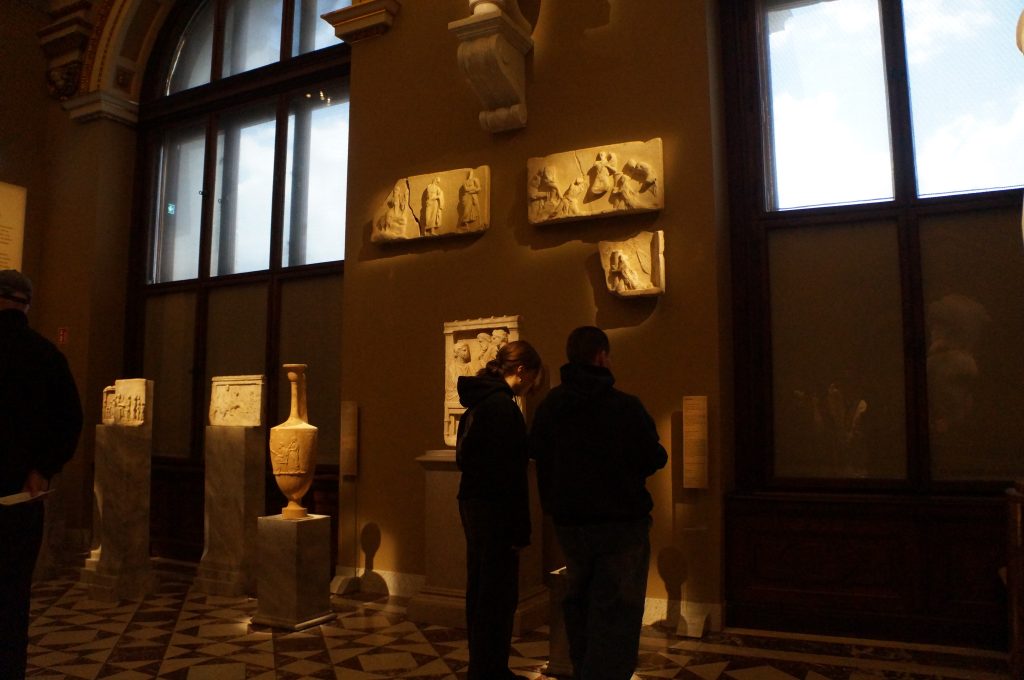
However the news of “constructive” negotiations for a trade between the British Museum and the Acropolis adds to the positive trend of restitution, alongside with the confirmed ongoing negotiations and with KHM for the fragments of the Parthenon, among other things, via email by Sarah Aistleitner, the press media contact for KHM.
The ongoing conversations for restitutions and reunification of the Parthenon suggests a potential positive outcome for reconciliation and the fostering of better relationships between countries.
As Herman argues, the restitution of the Parthenon artifacts would not lead to the downfall of the BM, by causing more claims for restitution, and would instead have a positive outcome of reconciling the relationship between the BM and Acropolis Museum and open up a relationship allowing loans of antiquities for future exhibitions.
